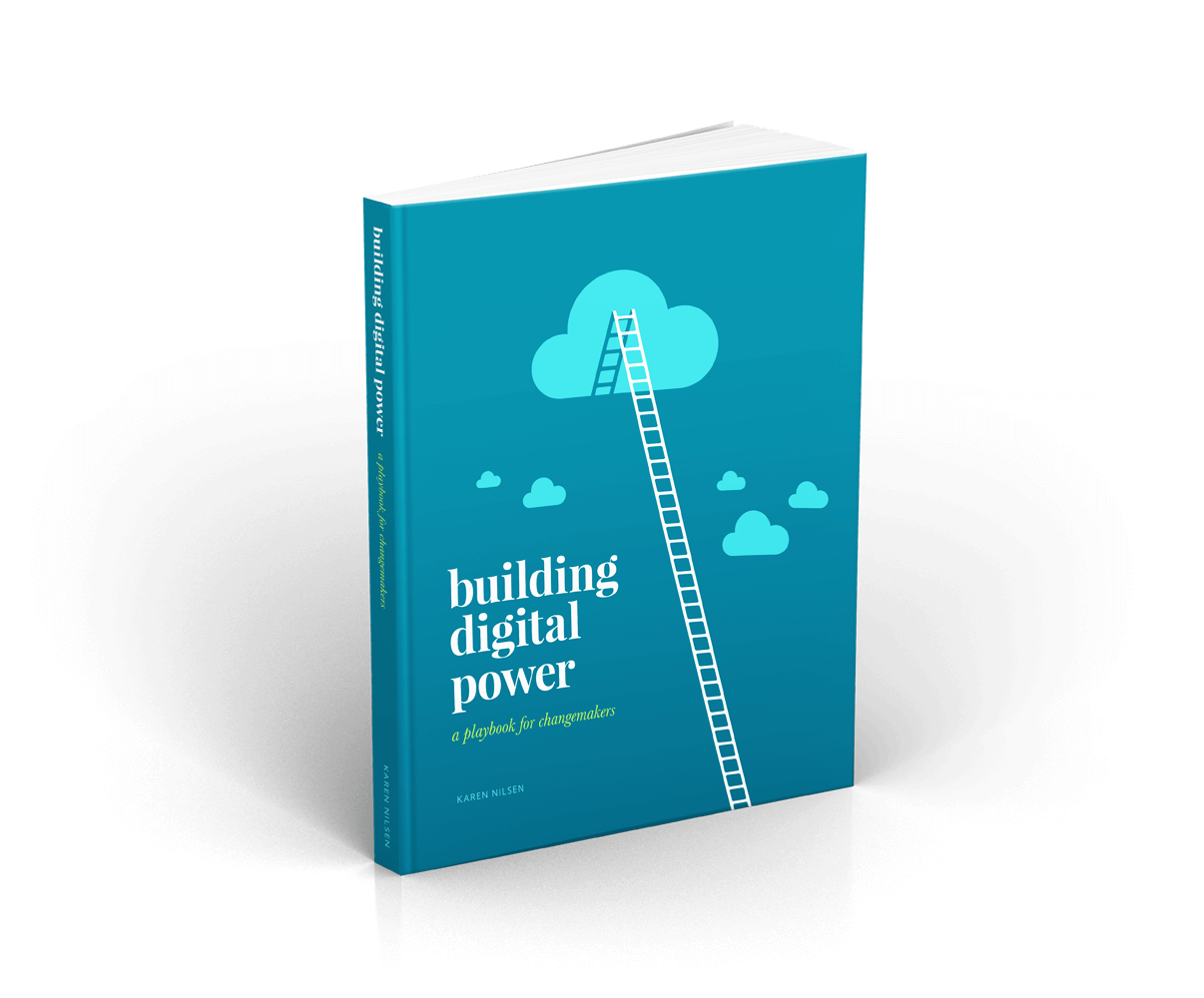Get a free digital strategy tip of the week:
Unsubscribe any time. We respect your data. View the privacy policy.
Not every email you send will find its way into an inbox. Optimal deliverability is needed to give your emails a fighting
In 2025, more emails are being viewed on iPhones than any other device. The average iPhone affords us a measly 41 characters
The General Data Protection Regulation (commonly, GDPR) came into effect in May 2018. It impacts all businesses and organizations, everywhere in the world,
The moment after someone completes an online action presents a critical opportunity. A well-crafted thank-you email will help cement this action as a
Trying something risky and new? These methodologies can save you from diving in head first when it might have been wiser to test
Your organization and its communication style is unique. Defining it will consolidate expertise, build confidence, and help you and your co-communicators hone an
Most email broadcast systems come packed with standard analytics. Just to be clear, here’s what we care about: Recipient volume This is the
Well-designed email templates are greeeat. But even the best layouts can lull readers into complacency over time. Consider mixing up your formatting occasionally
What’s the magic number of emails you need to send to maximize supporter engagement and minimize fatigue?The answer is “five”. Kidding. It would
Serious question. Success is more than a number. It’s an outcome. An increase in list size isn’t an end-goal; 1,000
These folks are some of the most innovative and transformative communicators in (and beyond) our movement. And they’re on a mission to help
Segmentation gives digital communicators the power to reach the right people with the right message. The shift from a broadcast communication model to
Here’s an important piece of digital communication that you’ve probably never read: Few of us pay attention to stuff like
Does this sound familiar? Back up your position with facts; the more reasons you can offer, the more persuasive your argument. Right?
Is email dead? Here’s what the data says... Some people question the relevance of emails in 2025. They ask, “Can’t we just rely
Top 10 Ways to Turbocharge Your Digital Comms
Let’s be honest, this stuff is hard. Never in human history has there been a communication medium more competitive than the Internet. Never has our collective attention span been more fleeting.
As much as we’d like to think otherwise, the human brain isn’t automatically tuned in to what’s important. We’re rather unhelpfully wired for novelty, urgency, and validation. Every time you publish a world-changing message, literally billions of other web pages, emails, and social media posts are trying to steal your audience’s attention—mostly for less virtuous ends.
How do you win?
The first thing advocates need to accept is that being ‘right’—fighting the good fight—is not enough. Important messages will fall by the wayside if a subject line isn’t up to scratch; if we take too long to make a point; if we use the wrong words or too few or too many of them... And to make matters worse, every time your supporter finds a reason to ignore you, your job of reaching them next time gets harder.
It’s easy to publish online content—which explains why there’s so much of it. However, it’s much harder to do it well. Most online communication is mediocre at best. This is an opportunity. By adopting tactics that respect your reader’s time and attention, you can cut through the noise. You can be the one that holds their focus.
There are 10 key topics in this series that will turbocharge your digital comms. Let’s break it down into two big ideas: clarity and persuasiveness.
Make it clear
If only our supporters were mind readers. If only they knew what we know and were conveniently tuned into our wavelength. All the time. But of course—they’re not. Clear communication is more than articulating what’s in your head. It means recognizing that your audience is in a fundamentally different place to you—and that intentional effort is needed to bridge that gap.
- Use clear and simple language. There’s a reason this tip is #1. It’s a biggie. Without realizing it, most of us have been taught to communicate in ways that are anything but clear. Without clarity, little else matters. Fortunately, there are some very specific things you can do to bring clarity to your writing. Learn the 7 traits of a clear communication style.
- Cut the crap. The more distractions you can remove from your message, the more the important bits will stand out. This is a challenge when everything feels important! Help is at hand—this guide will teach you to you say more with less.
- Use visual cues. Would you still be reading this if—in place of subheadings, bulleted lists, and bold keywords—you just saw a wall of text? Perhaps not. Harness strategic formatting to add meaning to your message and guide your reader’s attention.
Fast-track your digital strategy learning curve.
Free eBookMake it persuasive
As advocates, we need to do more than get a message ‘out’. If we hope to change hearts and minds, our messages need to be moving and memorable. They need to inspire loyalty, drive behavior change, fuel actions, and bring in donations. Here’s your toolkit:
- Connect to Why. That’s ‘Why’ with a capital ‘W’. Your purpose is a source of power. It’s what connects people to you and keeps people with you. Practice the art of infusing purpose into every message you write.
- Make your audience feel something. The emotional brain—not the rational brain—is what drives decision-making and behavior change. Here’s how to reach it.
- Show, don’t tell. How we process information has a big impact on whether we believe it and internalize it. If you want an idea to sink in, don’t just ‘say’ it. Learn to lead your reader to their own conclusions (which also happen to be your conclusions).
- Choose the right messenger. Certain messages can be more compelling when delivered by certain people. Who has the authentic voice for your story? It won’t always be you.
- Find common ground. People love to take sides and define themselves by what others aren’t. These divides are unhelpful when your communication needs to move the masses. Common ground messaging can help you break down unproductive barriers without alienating or triggering the poles of your audience.
- Write a killer CTA (call to action). The formula for writing a great CTA is surprisingly simple. So why are so many of us getting it wrong? Follow these steps to dial up the impact of your action and donation asks.
- Know your cognitive biases. Cognitive what now? Cognitive biases are mental distortions that skew the way we see the world and process information. No-one is immune. However, once you know how to see your biases, you can stop falling victim and start making them work for you.
Bonus tip
- Excite yourself. Your reader will sense your enthusiasm (or lack of it) in your writing. It’s normal to struggle sometimes. Not every sentence will pour onto the page. When you’re faced with writer’s block, there are a few things you should do. Firstly, don’t beat yourself up. And secondly, try not to push through it, if you can help it. Instead, step back and find the heart.
When you’re competing for your audience’s attention, any one of these tactics will give your content an edge. Together, they lay the foundation for effective email and web page communication.
Was this tip useful?


Like this tip? Share it!






